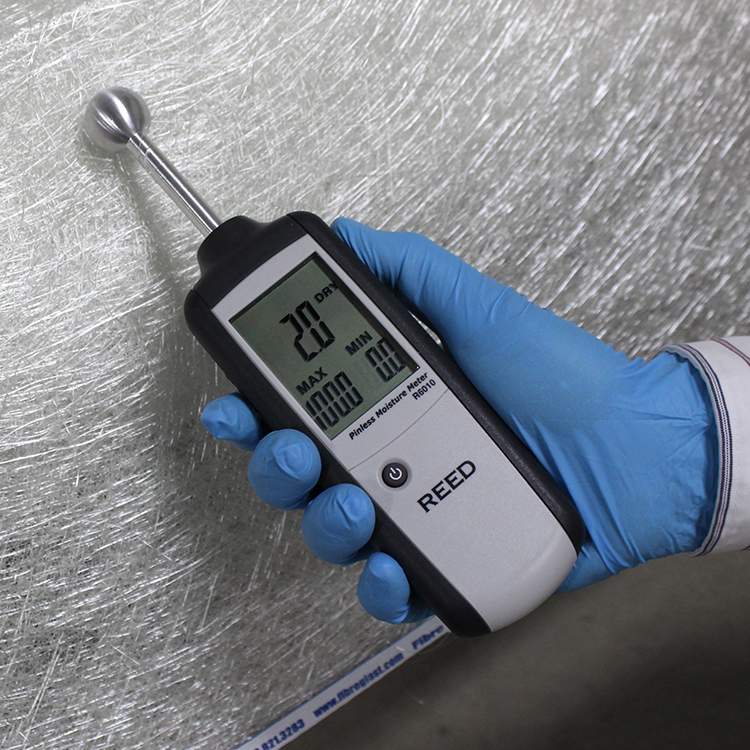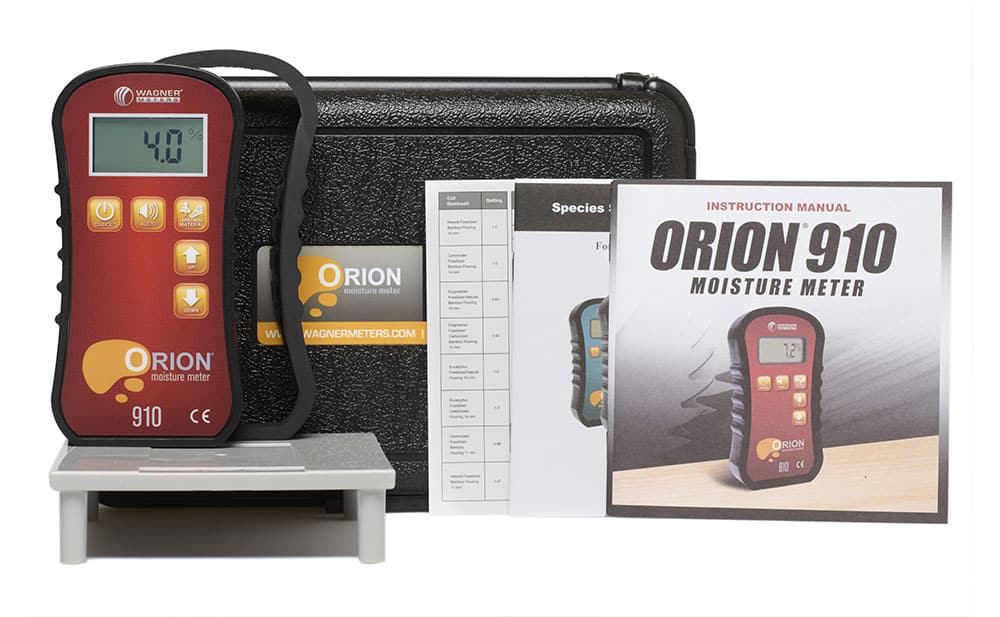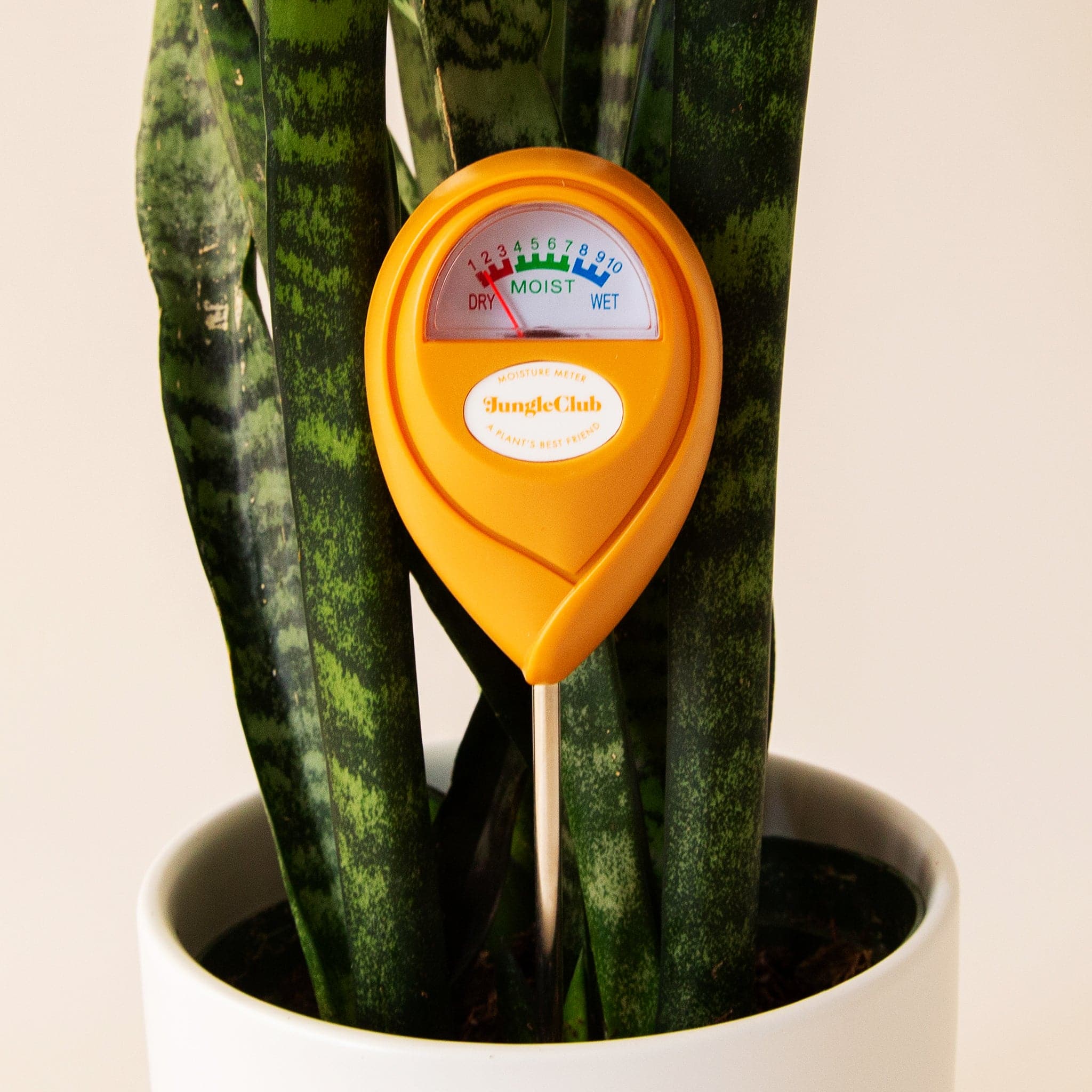Recognizing the Relevance of a Moisture Meter in Avoiding Mold and Water Damage in your house
In the world of home upkeep, the presence of wetness can frequently be a quiet yet powerful adversary, with the ability of triggering pervasive mold development and insidious water damages if left unattended. Amidst the peaceful ambiance of a house, concealed wetness concerns can brew beneath the surface area, presenting a hazard to both residential property and health. Furnished with the right tools and expertise, property owners can proactively fight these prospective hazards. Comprehending the value of a dampness meter in this battle is not merely a choice however a calculated necessity.
Importance of Moisture Discovery
Effective wetness discovery methods are crucial for safeguarding properties and protecting against potential mold and mildew development and water damages. Moisture can leak right into different structure products, causing structural problems and wellness threats. By using a moisture meter, homeowner can proactively recognize areas susceptible to excess wetness, enabling for prompt intervention and mitigation techniques.
Moisture meters provide exact analyses of dampness levels in various products such as concrete, drywall, and timber. This data aids in pinpointing areas of issue, even in surprise or hard-to-reach places. Early discovery of dampness accumulation enables prompt fixings or adjustments to avoid additional damages.

How Moisture Meters Job
Moisture meters play a critical role in the aggressive identification of excess wetness, helping in the prevention of possible mold growth and water damage by providing precise analyses of moisture levels in numerous building products. These gadgets work based on various concepts, relying on their kind. Moisture Meter. Pin-type dampness meters, for example, have 2 pins that permeate the product to measure the electric resistance in between them. When wetness is present, it improves the product's conductivity, resulting in a lower resistance analysis. Pinless dampness meters, on the various other hand, use electromagnetic sensing units to scan the material without causing damages. These sensing units produce electro-magnetic signals that pass through the material and determine the dielectric homes, showing moisture web content. Some progressed moisture meters pin both integrate and pinless modern technologies for extensive wetness detection. Understanding how moisture meters function is important for prompt and exact wetness degree assessments, enabling effective precautionary actions versus mold and mildew and water damages.
Finding Early Warning Indicators
Upon first examination of a home, recognizing subtle indications of excess wetness becomes critical in the very early detection of possible mold development and water damage. Some usual early caution indications include mildewy odors, water spots on ceilings or walls, peeling off paint or wallpaper, and distorted or stained surface areas. Moldy smells typically indicate the presence of mold and mildew or mildew, also if no noticeable indicators appear. Water discolorations can signal leakages or seepage, while peeling off paint or wallpaper may be a result of dampness jeopardizing the attachment of these products to the surface area. Warped or discolored surfaces, such as distorting floorboards or blemished drywall, are clear signs explanation of water damages. In addition, an increase in allergic reaction signs or respiratory system concerns among owners might suggest the existence of mold as a result of excess moisture. By immediately recognizing and resolving these early indication, home owners can alleviate the threat of extensive mold development and water damages in their buildings.
Protecting Against Mold And Mildew Growth
Identifying early warning signs of excess wetness within a home not just allows prompt detection of potential mold development and water damage however additionally offers as an aggressive step in protecting against the proliferation of mold. To effectively stop mold and mildew development, it is crucial to resolve any type of sources of dampness promptly. This can include taking care of leaks in roof coverings, home windows, or pipelines, ensuring proper air flow in wet areas like washrooms and cooking areas, and using dehumidifiers in high-humidity areas. Regularly inspecting and keeping the property's pipes, roof covering, and gutters can additionally assist in avoiding water invasion that can cause mold development.
Keeping an eye on wetness degrees in locations susceptible to moisture, such as basements and crawl spaces, using a moisture meter can also aid in early discovery of raised wetness levels and potential mold and mildew development - Moisture Meter. By taking aggressive procedures to protect against excess wetness and mold growth, homeowners can safeguard their building and indoor air top quality.
Advantages of Routine Tracking
Regular tracking of moisture degrees in a building can play a vital duty go to this website in keeping a healthy interior setting and preventing prospective mold and water damage. By consistently checking moisture degrees, homeowners can discover any kind of concerns quickly and take essential activities to stop mold growth and water damages.
Moreover, regular monitoring permits homeowners to track patterns and trends in moisture levels gradually. By establishing a standard and monitoring adjustments, people can identify any areas of concern or potential susceptabilities in the building's framework. This data-driven technique allows targeted treatments and maintenance initiatives to attend to underlying problems prior to they intensify into even more substantial issues. Eventually, the constant monitoring of dampness degrees empowers homeowners to shield their property, guard their health, and preserve the stability of their indoor environment.

Final Thought

By making use of a moisture meter, residential or commercial property proprietors can proactively determine locations susceptible to excess moisture, permitting for timely treatment and mitigation methods.

Monitoring dampness levels in areas susceptible to dampness, such as basements and creep rooms, visit here using a dampness meter can additionally assist in very early detection of elevated moisture degrees and possible mold growth. (Moisture Meter)
Comments on “Understanding the Different Kinds Of Moisture Meters and Their Applications”